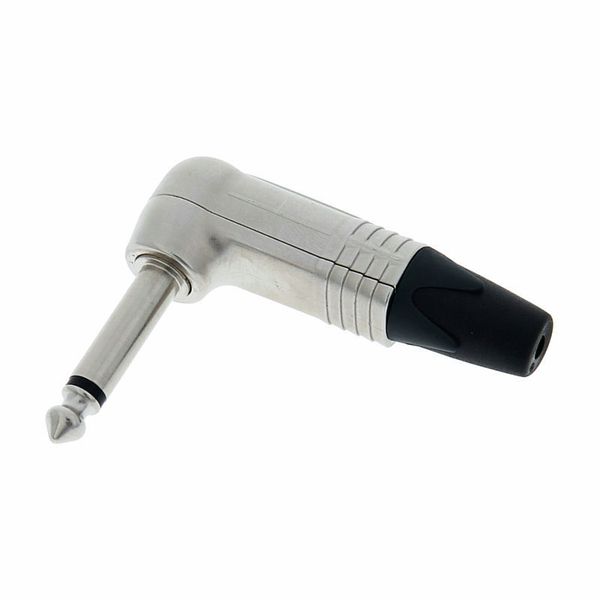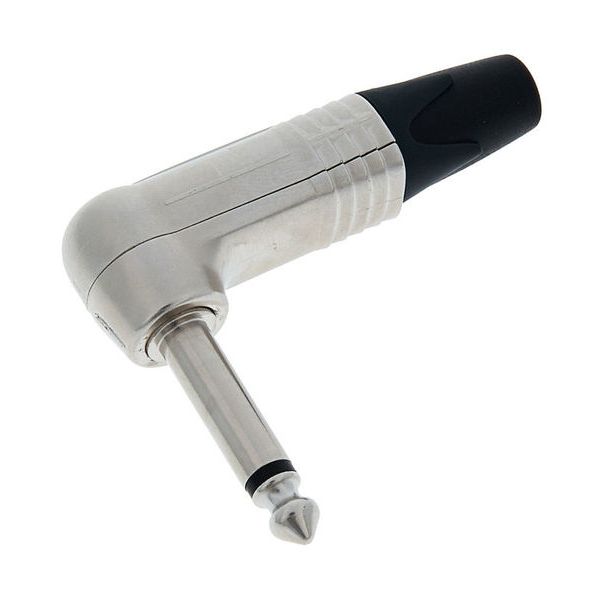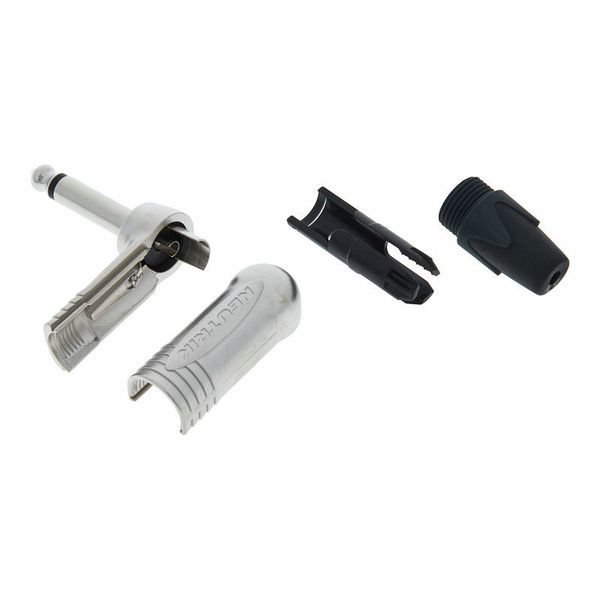These plugs have an ingenious, time-tested strain relief, which works perfectly every single time, but the terminals inside of them are quite a bit closer to each other than on some of their competitors, so soldering a thicker cable to them is not as easy. It is not hard, but it is harder. Since I had never experienced any issues with these plugs, I ordered six of them for my home-made patch cables. When I opened the bags and inspected them, I noticed that on some of them, the molding of the strain relief was a little less precise than on others, and when I screwed them together, the parts did not fit together as well as before, and sometimes, there was an uneven gap between the metal body of the plug and the strain relief. I tried taking them apart and putting them back together a few times, but the issues persisted. In a moment of creativity, I even tried mixing and matching parts between plugs, but it did not help much. Then, I looked at the packaging the plugs had come in. Curiously, on some of them, it was written “Made in Liechtenstein”, while on others — “Designed in Liechtenstein”. Does that mean the manufacturing has been moved elsewhere? That would explain some of the plugs being lower quality. In any case, I will not be risking my money with the Neutrik plugs anymore. While all the six plugs were still functional, as a perfectionist, I want my cables to not only work but also look nice and tidy. In the past, the Neutrik plugs used to fulfill that request, but not anymore.









